Bathroom renovations are the exciting time to turn your space into the luxurious oasis it should be. Of the many decisions a homeowner will have to make, one of the most debated questions is: "Should I opt for a freestanding tub?" These beautiful fixtures have gained popularity due to their timeless design and spa-like ambiance they add to a bathroom. But much like most things in life, they come with their perks and challenges.
If you're contemplating installing freestanding tubs during your renovation, this article will help you weigh your options. We’ll explore the pros and cons, when a freestanding tub is the perfect choice, and when you might want to consider alternatives.
What is a Freestanding Tub?
Before getting to how to choose, let us clarify what a freestanding tub is. Contrasting with the built-in tubs that attach themselves to walls and get buried behind tiles or framed with enclosures, freestanding tubs are standalone fixtures. These bathtubs are sat directly on the floor and can easily become centerpieces in bathroom designs. From more classic, vintage clawfoot tubs to sleek and modern, these are pretty versatile.
The Benefits of Choosing a Freestanding Tub
Freestanding tubs aren’t just for aesthetics—they bring a range of practical and lifestyle benefits. Here's why they’ve become such a hot topic in bathroom renovations:
1. Aesthetic Appeal
Freestanding tubs are the epitome of luxury and sophistication. From modern minimalism to classic, vintage charm, these tubs are statement pieces that will amp up the look of your bathroom. Positioned right at the center of the room or by a window facing a scenic view, they sure create a powerful visual impact.
· Sleek, modern designs for contemporary spaces
· Vintage-style clawfoot tubs for a classical feel
· Available in a variety of materials, like acrylic, cast iron, or stone
2. Versatility in Placement
Because freestanding tubs do not lean on walls for support, placement is flexible. They can quite literally be installed anywhere in the bathroom-from near a window or under a skylight to larger spaces beside a dressing area.
3. Spa-Like Experience
And rightfully so-the luxury of soaking in a free-standing tub simply can't be beat. Featuring deep basins and an ergonomic design for supreme comfort with extended baths, these tubs do quite nicely paired with aromatherapy candles and essential oils in bath form for an experience found at most-any-day spas.
4. Boosts Property Value
Freestanding tubs are a coveted design element that can make your home more appealing to future buyers. They signal high-end tastes and thoughtful design, which may increase your property’s resale value.
5. Easy to Clean Around
Since freestanding tubs don’t have the grout lines or tile surrounds typically found in built-in tubs, they’re easier to clean around. You can access the entire tub perimeter without the hassle of mildew-collecting corners or hidden dirt.
The Drawbacks of Freestanding Tubs

While freestanding tubs offer numerous benefits, they’re not without a few challenges. Here’s what you need to consider before making your final decision:
1. Space Requirements
Freestanding tubs need enough room to truly shine. If your bathroom is on the smaller side, a freestanding tub can make the space feel cramped. Designers generally recommend leaving 12-18 inches of clearance around the tub for proper functionality and aesthetics.
2. Cost
Freestanding tubs typically come with a higher price tag than built-in options. From the cost of the tub itself to installation and plumbing adjustments, your budget will need to accommodate these extra expenses.
· Freestanding tubs range from $1,000 to $7,000 or more, depending on the material and design.
· Additional costs may include specialty plumbing fixtures and floor reinforcement.
3. Less Storage
Built-in tubs often feature integrated storage for soap, shampoo, and bath essentials, but freestanding tubs lack these conveniences. You’ll need to get creative with storage solutions, such as nearby shelves, caddies, or wall-mounted fixtures.
4. Difficult for Certain Users
Freestanding tubs may be harder to get in and out of compared to built-in options. This could be a concern for elderly family members, people with mobility challenges, or even young children.
5. Water Usage
Freestanding tubs are generally deeper than built-in ones, which can mean more water usage. If conserving water is a priority for you, it’s worth examining whether this matches your sustainability goals.
When to Choose a Freestanding Tub
Freestanding tubs are ideal for certain scenarios. Here are situations where they shine:
· You Have Plenty of Space: A freestanding tub works best in bathrooms with enough room to showcase it without feeling cramped. Larger spaces help make the tub feel like a design feature rather than an afterthought.
· You Seek a Luxurious Look: If elegance, timeless design, and making a statement are at the top of your priority list, a freestanding tub is your go-to.
· You Love Relaxing Baths: If you’re someone who enjoys a long soak after a hectic day, the deep, comfortable design of freestanding tubs can’t be beaten.
· You’re Renovating for Resale: Investing in a freestanding tub is a smart decision if you’re looking to attract potential buyers with a high-end, luxurious aesthetic.
When to Consider Alternatives
A freestanding tub might not be the best choice for everyone. Here’s when you might want to opt for a built-in tub or a walk-in shower instead:
· Limited Bathroom Space: If your bathroom doesn’t have much square footage, a built-in tub-shower combo will save you valuable room.
· Budget Constraints: If you’re working with a tight budget, built-in tubs are more affordable and functional.
· High Functionality Needs: Families with kids or those who need extra accessibility may find built-in tubs or shower options more practical.
How to Style a Freestanding Tub
If you do decide to get a freestanding tub, you’ll want to style the space around it to maximize its impact. Here are some quick tips:
· Add a Statement Floor: Bold tiles or herringbone patterns can beautifully frame your tub.
· Include a Floor-Mounted Faucet: These fixtures not only pair perfectly with freestanding tubs, but they also add to the luxury factor.
· Accessorize with Bath Caddies: A sleek, wooden or metal caddy can hold your candles, books, or wine glasses for a spa-like vibe.
· Place Greenery Nearby: Indoor plants add a touch of nature and make the space feel even more relaxing.
Freestanding Tubs and You
Ultimately, the decision to include a freestanding tub in your bathroom renovation comes down to personal priorities and circumstances. Think about your space, lifestyle, and budget. If the elegance and spa-like feel of a freestanding tub align with your vision, it’s a choice you’re unlikely to regret.
On the other hand, if practicality and functionality are key, there are equally wonderful alternatives to explore.
Are you ready to start designing the bathroom of your dreams? Whether you’re team freestanding tub or not, planning is crucial, and weighing your options will help you end up with a space you love. After all, a bathroom isn’t just a place to get ready—it’s a sanctuary to unwind and recharge.
Happy renovating!

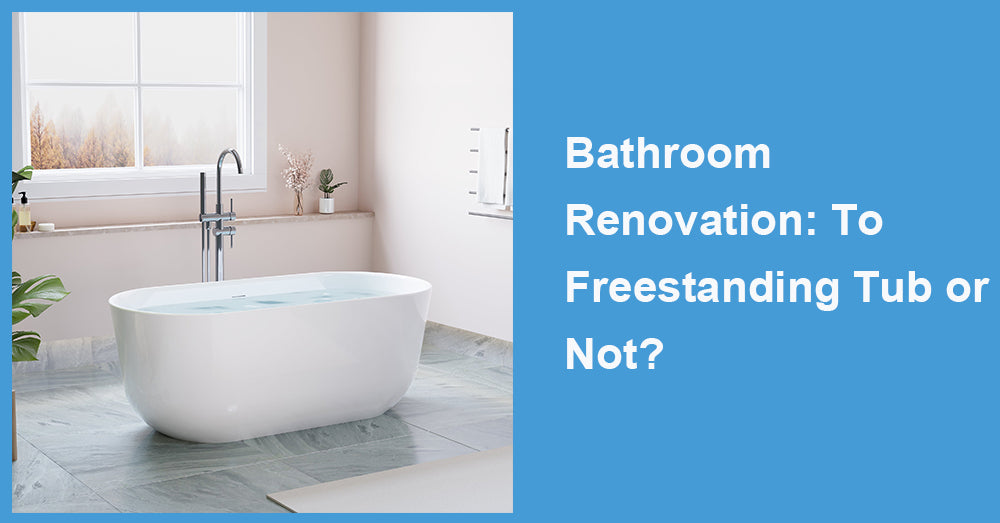
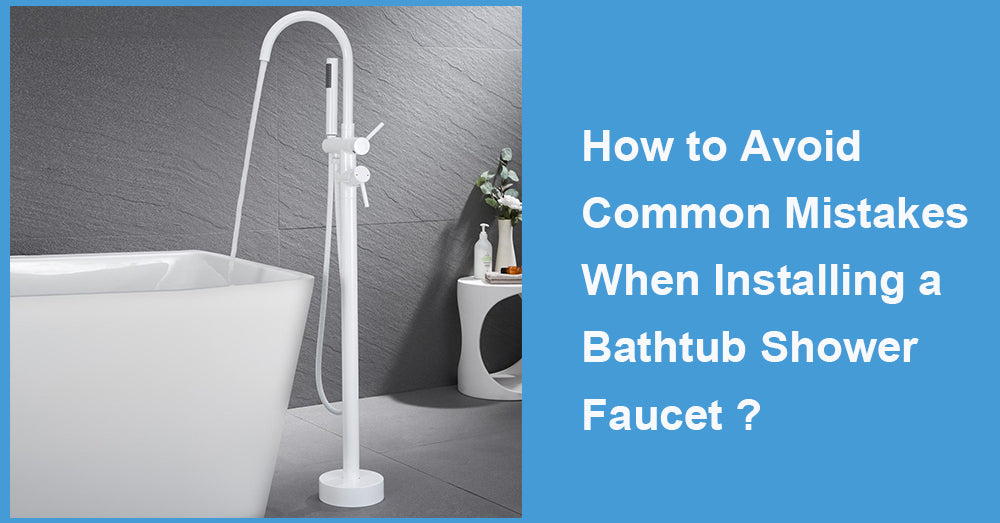
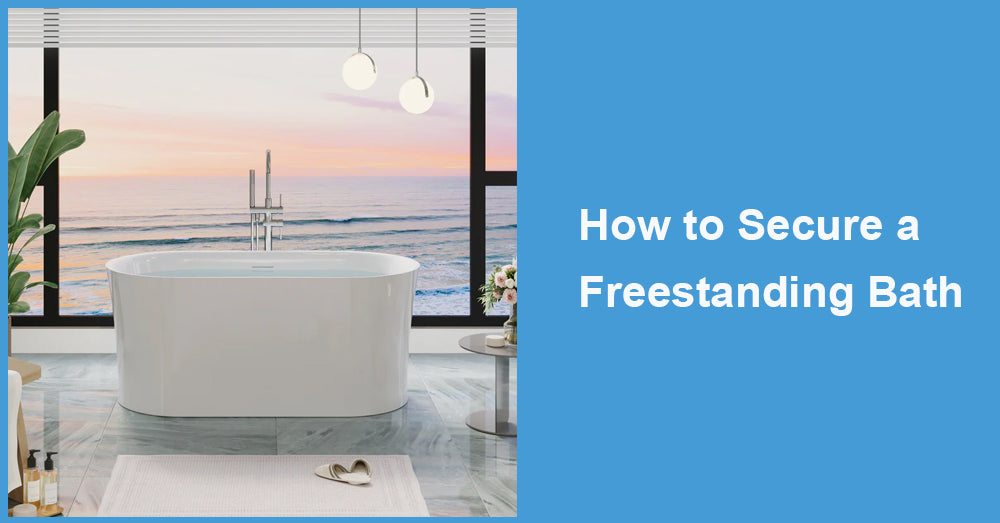
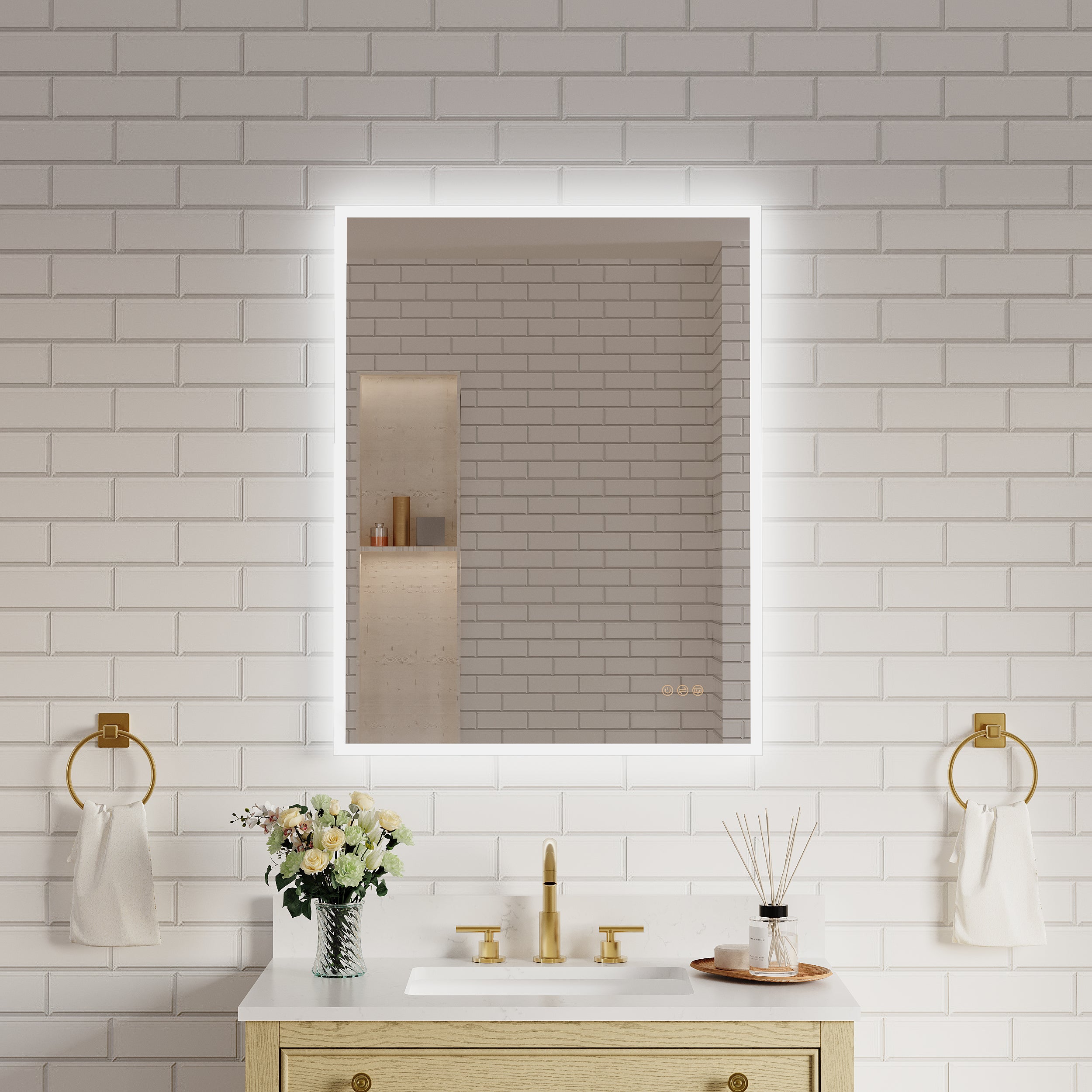

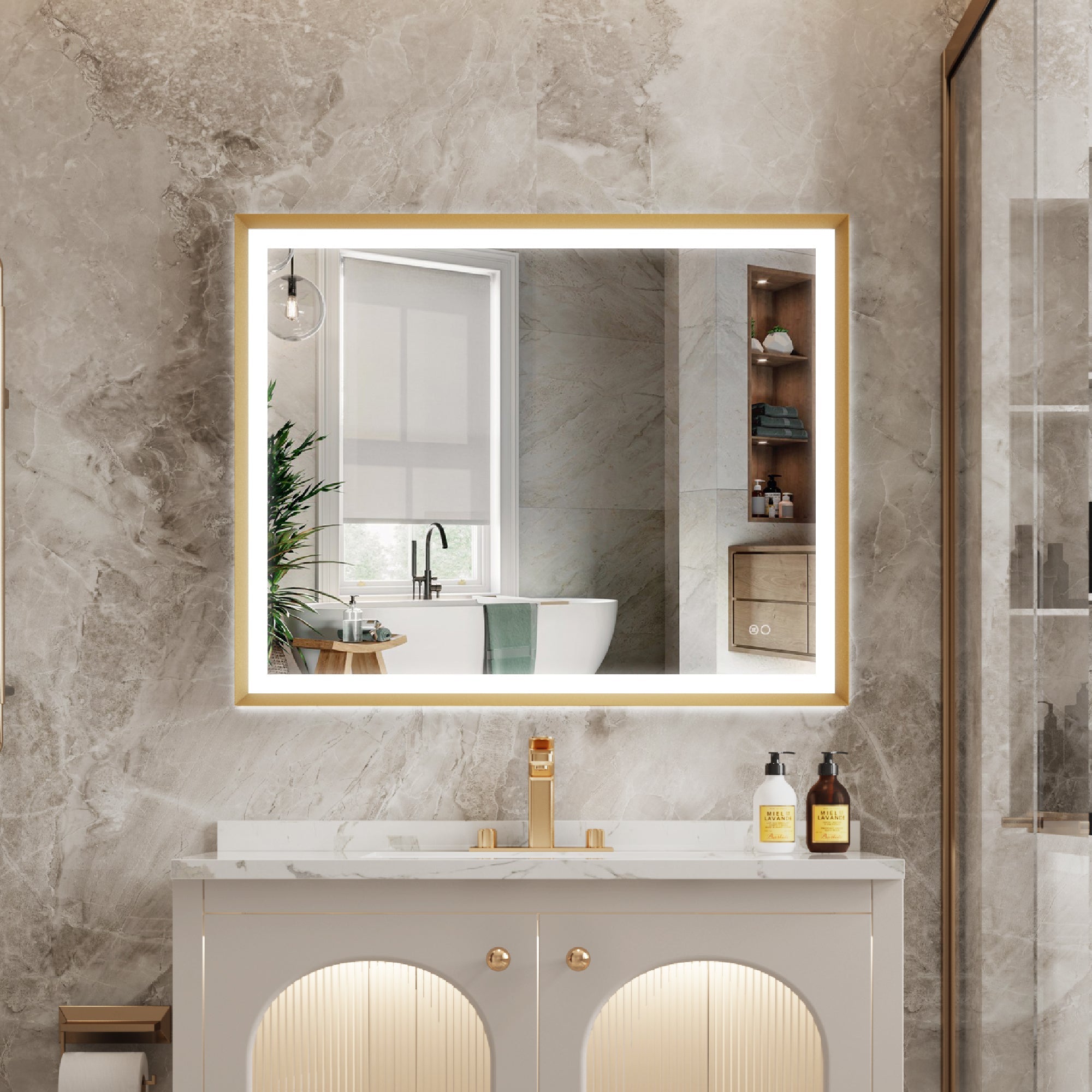

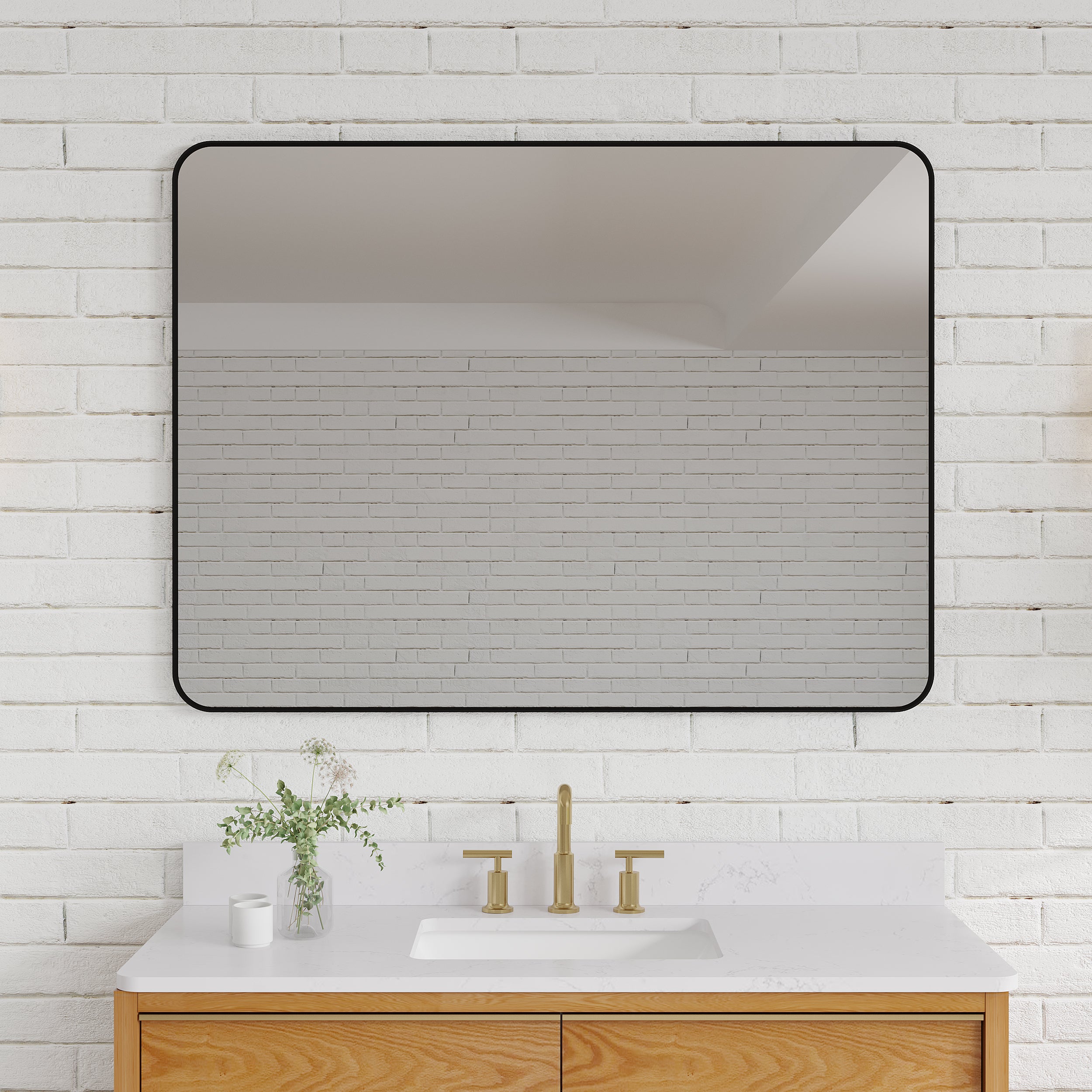

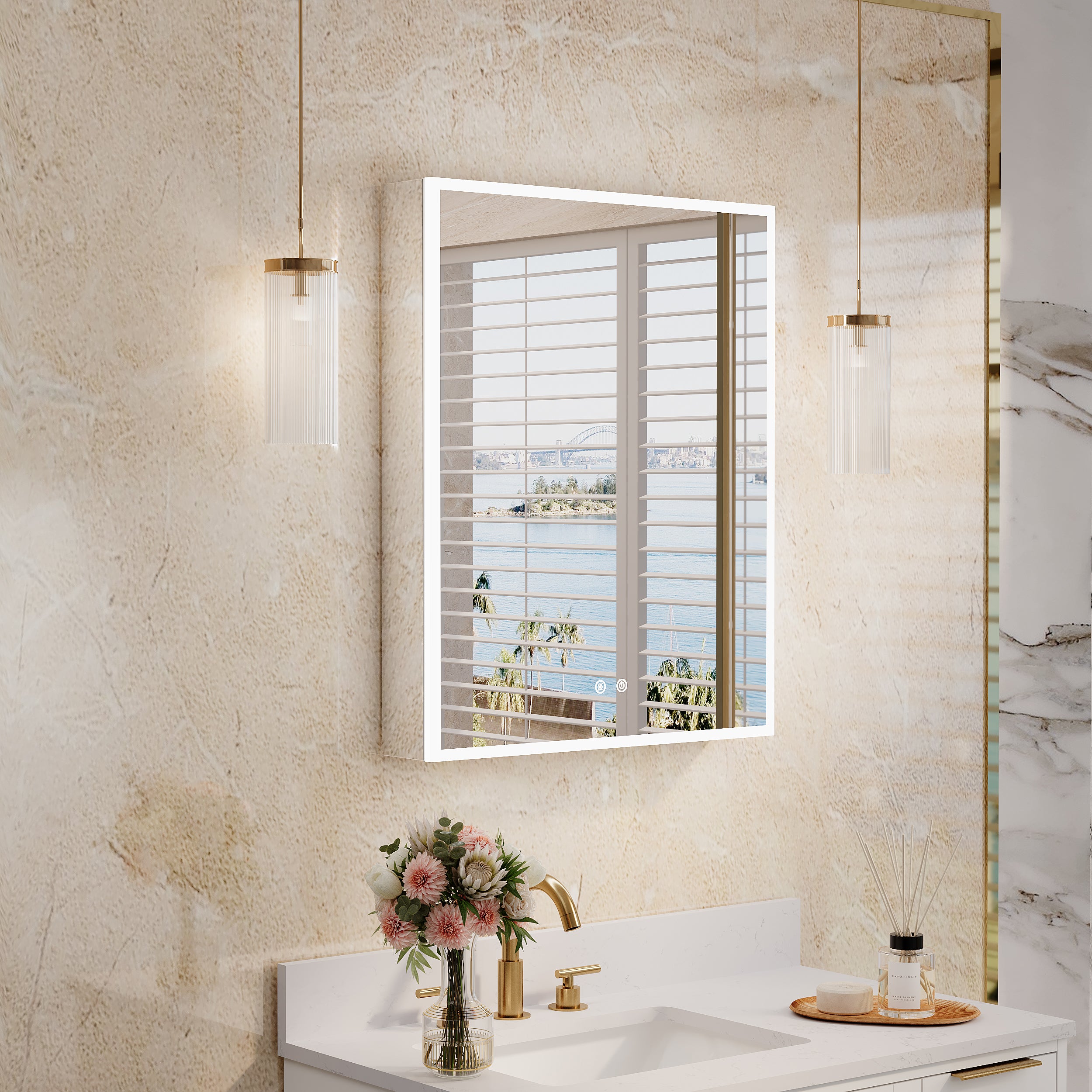
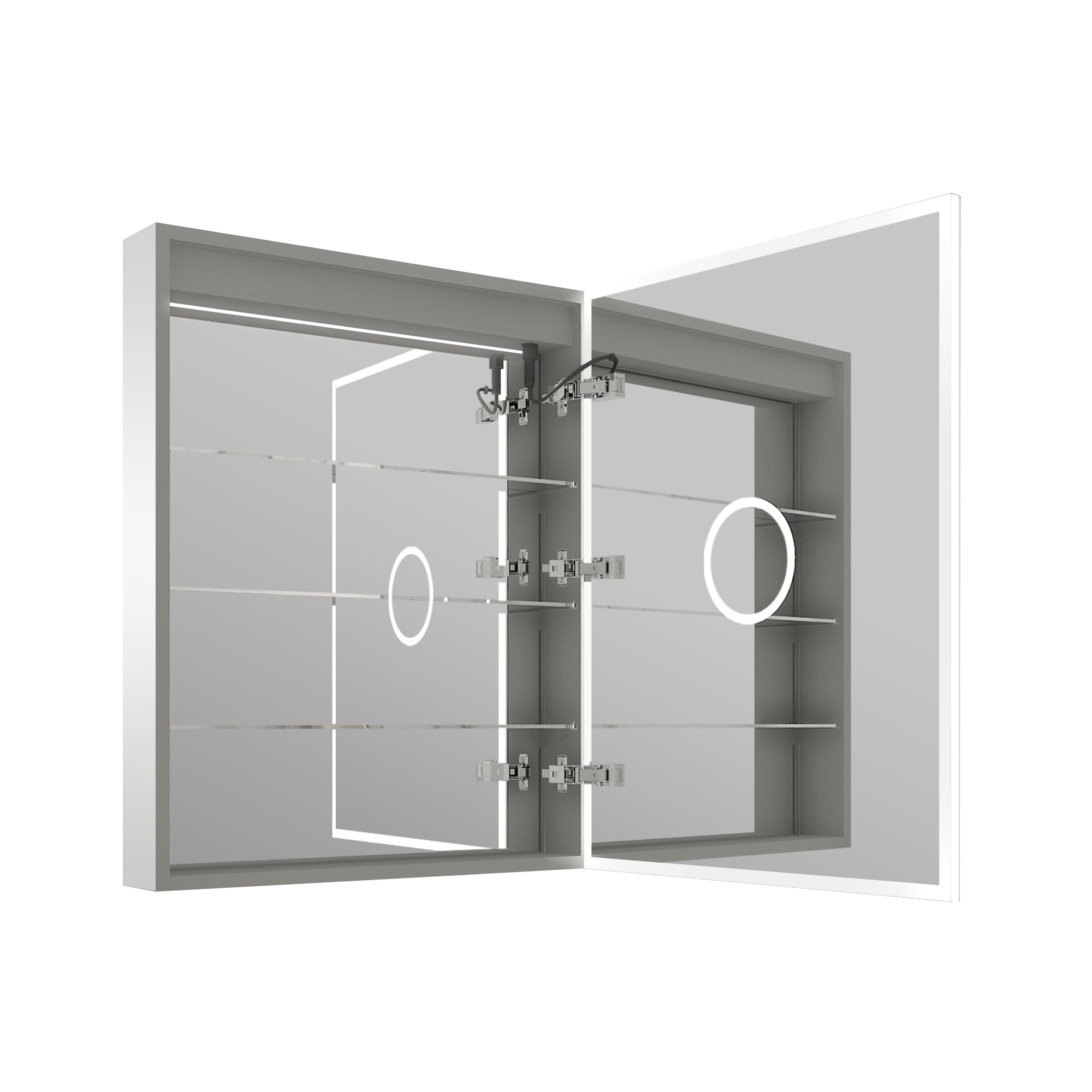


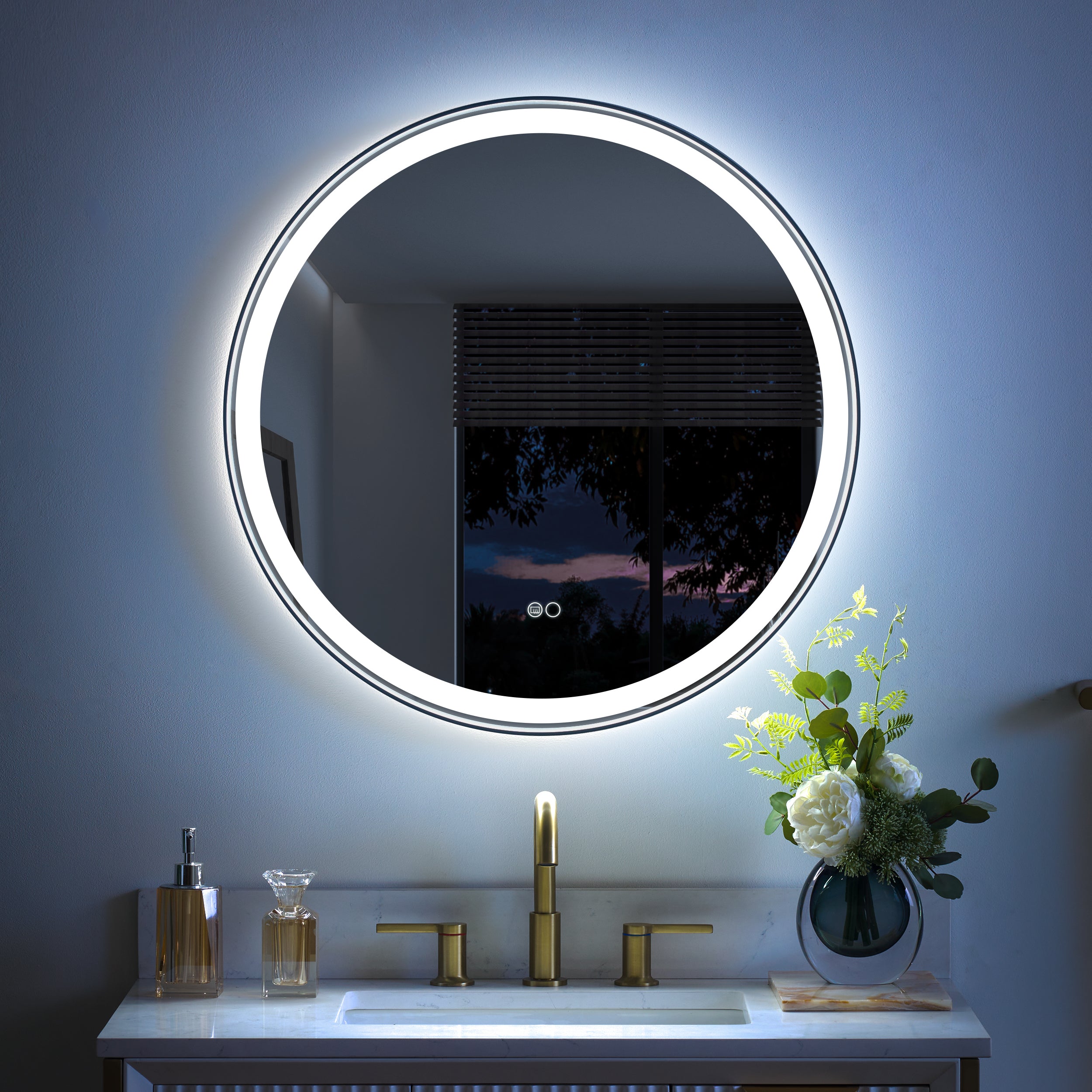

Leave a comment
This site is protected by hCaptcha and the hCaptcha Privacy Policy and Terms of Service apply.